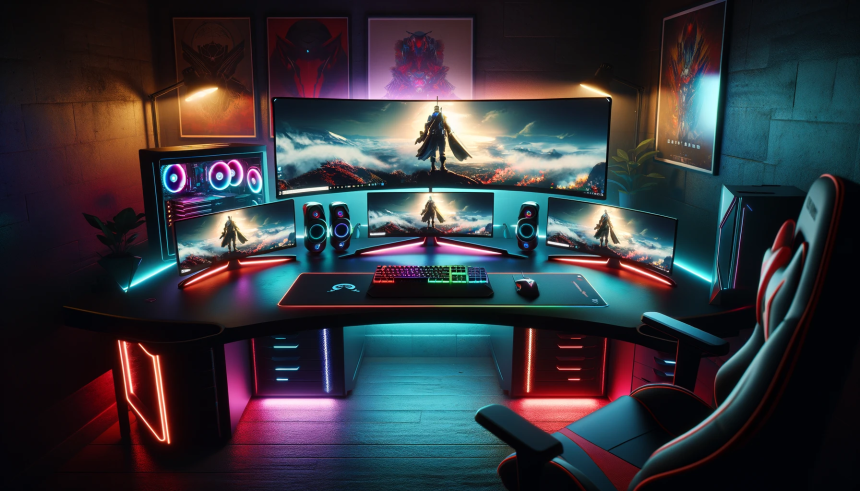The release of Capcom’s latest action RPG, Monster Hunter Wilds, has transcended digital boundaries, influencing culinary trends among its dedicated player base. Unexpectedly, the game has ignited a real-world appetite for cheese naan, a popular dish in Nepalese restaurants across Japan. This phenomenon showcases the powerful impact of video games on consumer behavior and local businesses.
While Monster Hunter series has a history of engaging gameplay and immersive environments, the specific craving for cheese naan marks a unique intersection between gaming and gastronomy. Previously, the franchise focused mainly on in-game weapons and armor, but this new trend highlights how virtual experiences can inspire real-life actions.
What Triggered the Cheese Naan Surge?
The moment came early in Monster Hunter Wilds when characters enjoy a meal in Kunafa Village, featuring a cheese-laden bread similar to cheese naan. This depiction resonated with players, leading to an increase in actual cheese naan purchases.
“Seeing that cheesy bread in the game made me crave it immediately,” a player shared on social media.
The realistic rendering of the dish played a significant role in sparking this culinary interest.
How Are Restaurants Responding?
Salam Namaste Tokyo, a Nepalese restaurant in Tokyo, reported a substantial rise in cheese naan orders following the game’s launch. The restaurant’s staff noted an influx of requests directly linked to the game’s influence.
“We never expected a video game to boost our cheese naan sales so dramatically,” stated the restaurant manager.
In response, Salam Namaste Tokyo organized a cheese naan festival to cater to the newfound demand.
What Has Been the Critical Reception?
Despite the success in boosting local food sales, Monster Hunter Wilds has faced criticism for its PC performance issues. However, PC Gamer awarded the game an 85% review score, commending its streamlined approach to gameplay.
“Wilds signals a new era for Monster Hunter, one that pares down anything that stands in the way of diving into battle with creatures 10 times your size,”
reviewer Lincoln Carpenter remarked, highlighting the game’s ability to engage players effectively.
This unique case of a video game influencing real-world food trends is reminiscent of previous instances where popular media has affected consumer habits. However, the direct and significant increase in cheese naan sales attributed to Monster Hunter Wilds stands out as a particularly notable example.
The intertwining of gaming and real-life preferences presents new opportunities for businesses to engage with consumers. Understanding these dynamics can help companies leverage popular culture trends to enhance their marketing strategies. Additionally, game developers can explore collaborative opportunities with local businesses to create mutually beneficial relationships, further blurring the lines between virtual and physical experiences.










